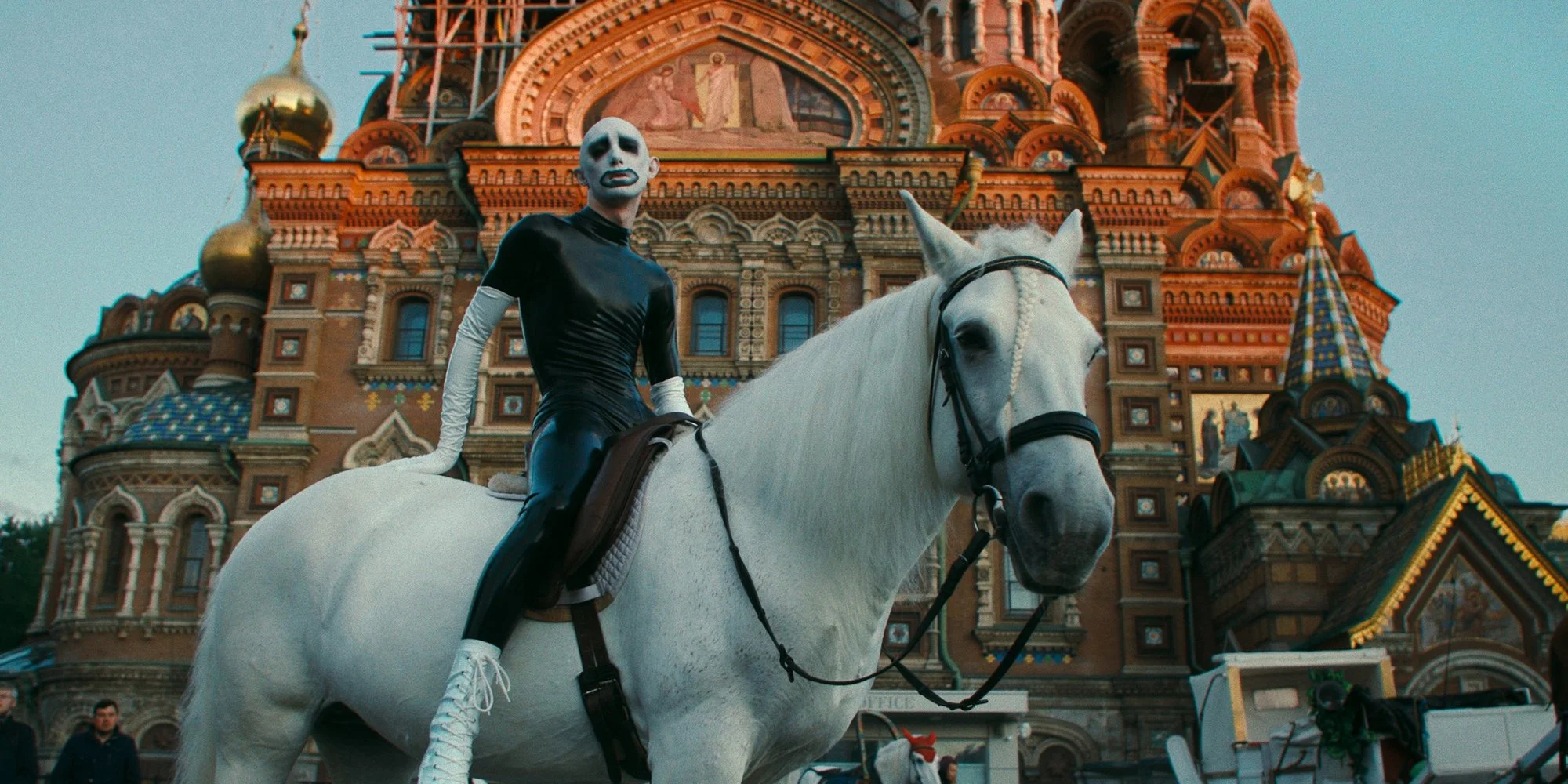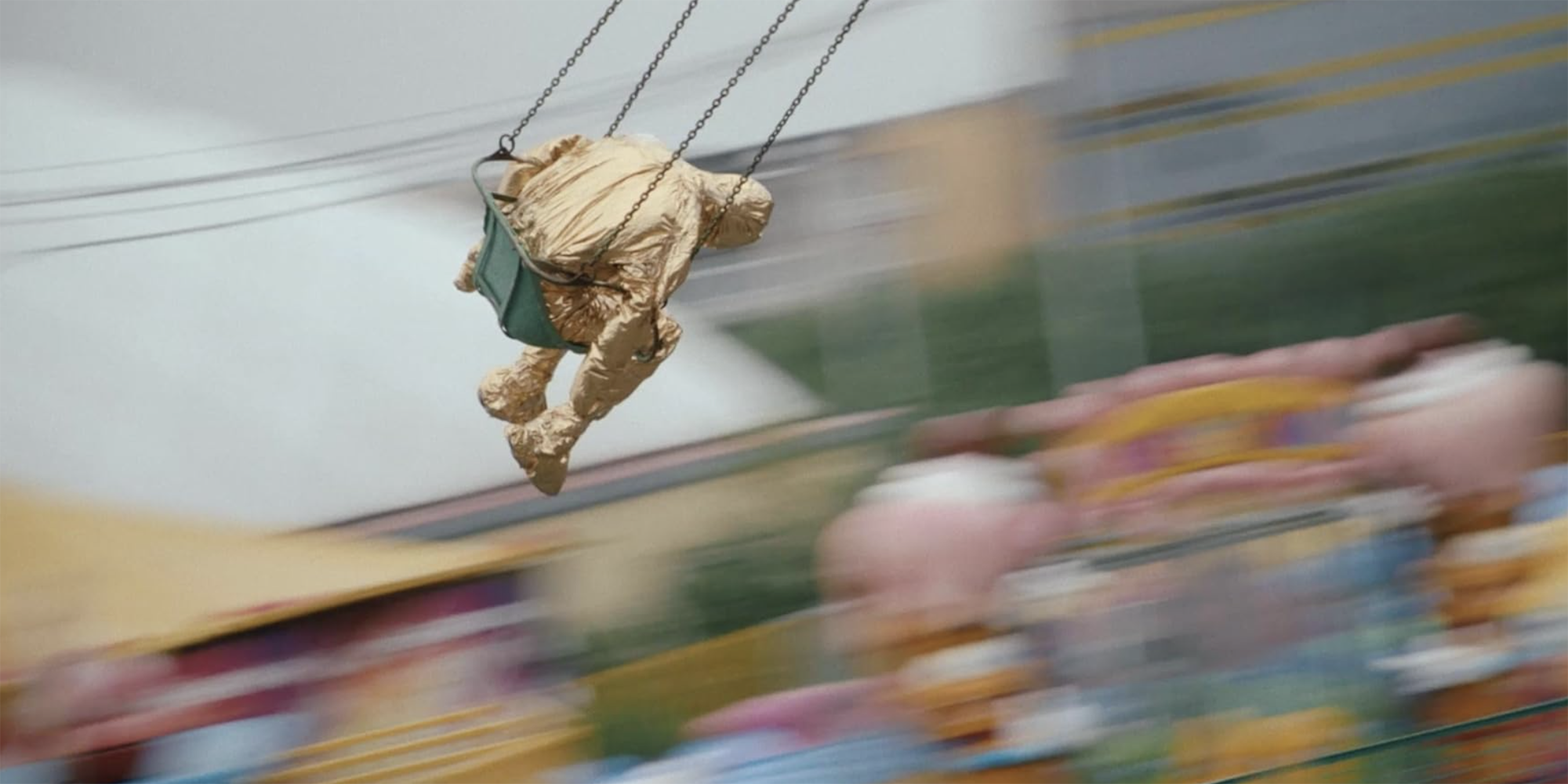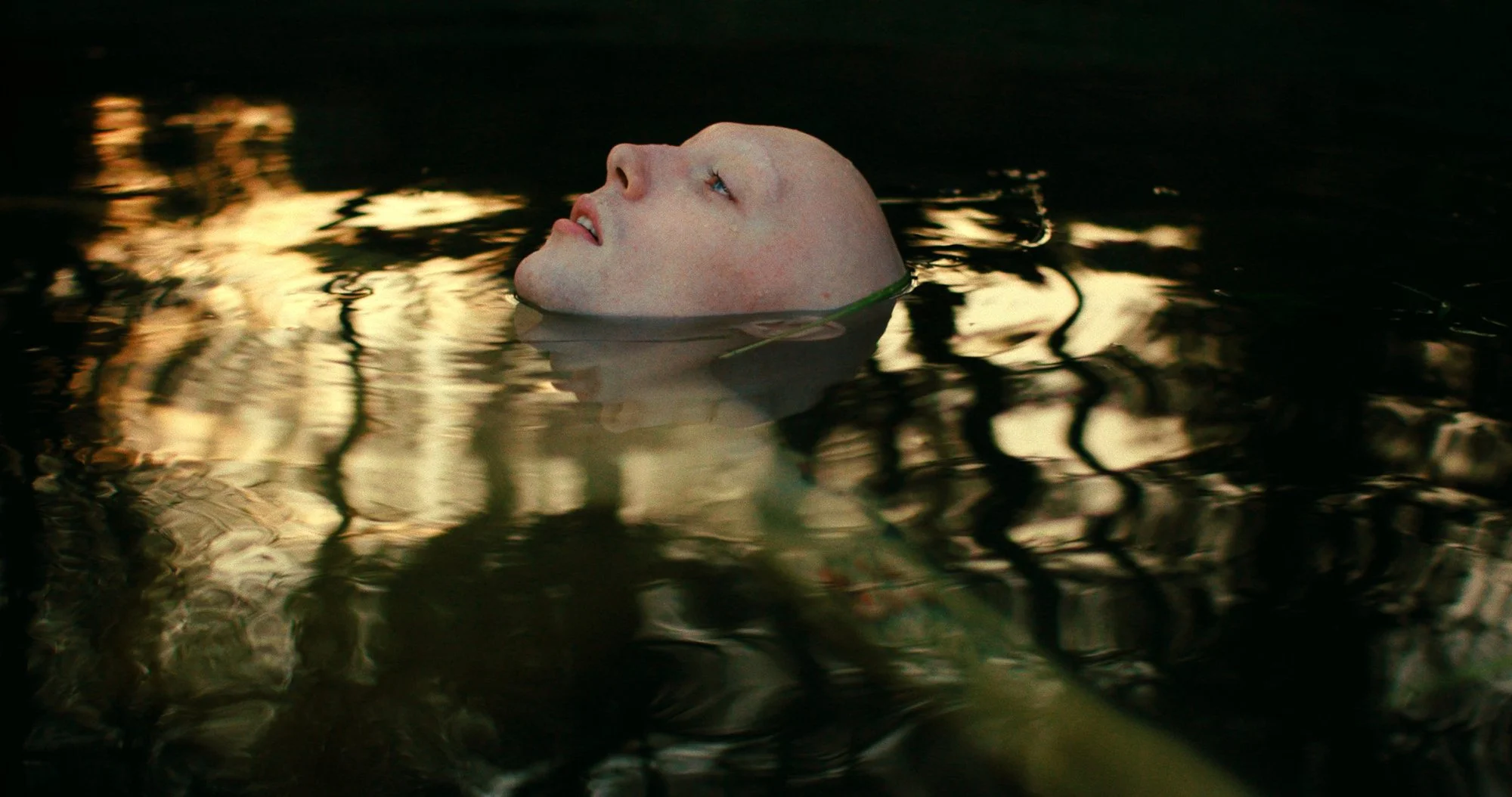Queer film club: Queendom
I watch different kinds of films with different friends. I have one friend who I love watching extremely low-quality films with (I’m talking Another Simple Favour and Irish Wish level of trash). I have friends who are determined to watch ever single movie a certain actor is in - Andrew Scott, for one, and Dakota Johnson, for another. I even have a friend I only ever watch Mamma Mia 2: Here We Go Again with, usually while drinking red wine and eating chip-shop chips.
I also have a friend who I watch (sad) queer documentaries with. He works in the documentary world, and I am, of course, a big old queer, so this particular niche is the perfect meeting point for us. We recently watched Queendom, a documentary about a young queer artist who risks their life in the name of activism.
One thing my friends all share - regardless of their gender, sexuality or taste in films - is that they encourage me to not only consume LGBTQ+ stories but explore my queerness in any way I wish. After watching Queendom, I have never felt so grateful for this.
Directed by Agniia Galdanova, Queendom is a Storyville documentary about artistic expression and alternative forms of activism. It follows Gena Marvin, a queer performance artist who lives in a small town in Russia that’s rife with poverty and prejudice. Moving to Moscow to study in an environment where the law is designed to prosecute rather than protect, Gena faces an increasing level of danger as she takes her art to the streets.
Gena Marvin is a larger-than-life “entity”, an otherworldly drag persona, and an unstoppable force of alternative activism. Sadly, not everyone sees her this way. Gena faces near-constant backlash from the people around her, ranging from ignorant verbal abuse to violent physical assaults.
There is an immense amount of pain flowing through Queendom. The pain of being gaslit and mistreated by authorities; the pain of feeling misunderstood and unsupported by your family; the pain of your country entering a war you do not agree with; and, as a result, the pain of being forced to join the army or flee the place you call home. That’s a heavy load for a 21-year-old art student to carry.
Despite all that is weighted against her, Gena is not to be pitied. “Whenever I go out in character, I’m on top of the world,” Gena says, directly to camera. “No one, even here in Russia, can scare me.”
“Whenever I go out in character, I’m on top of the world. No one, even here in Russia, can scare me.”
- Gena Marvin
There’s a super-human level of courage at Gena’s core. It emboldens her to defy Russia’s anti-LGBTQ+ laws and fight hate with art. Using trash and tape, she transforms her body into a gigantic, menacing and provocative piece of art. Something to fearful of, perhaps, but never pitied.
One of the most haunting scenes sees Gena wearing platform boots, body paint and wrapped in barbed wire, walking the streets of Moscow in a silent protest against the Ukraine war. Footage of the lead-up to this extraordinary display, showing how dangerous a costume it is to put on and walk around in, is evidence of the great sacrifice Gena is willing to make to not just make art but become it. Above all else, Gena sees herself as a vessel for protest.
Gena’s performance art is showcased throughout the documentary. Each piece is more remarkable and mesmerising than the last. Unfortunately, those closest to her struggle to see the beauty in what Gena creates; her grandparents are too overrun with fear and confusion to appreciate Gena’s craft.
This family dynamic becomes the most compelling and complex arc in the film as it unfolds through heated face-to-face arguments and emotional phone calls. The grandparents are not villainised, but shown as people who are scared and frustrated by, but above all, full of love for the unconventional grandchild they raised. Seeing so much love pour out in opposite directions, only to meet in the middle with such friction, is a heartbreaking watch.
On the other hand, Gena’s chosen family add much-needed moments of levity to the documentary. Scenes of raucous Birthday parties and lavish fashion shows are not just joyful but entirely necessary to offer a true representation of the queer experience. Seeing Gena strut confidently down a catwalk, the viewer is reminded that queer joy is just as valid and important a form of protest as any other.
Queendom is a testament to the power that comes with living as your authentic self. It’s a celebration of art and joy as a form of resistance. An unflinching look at how, even in the darkest of times, queer role models and chosen families still find a way to shine through.





